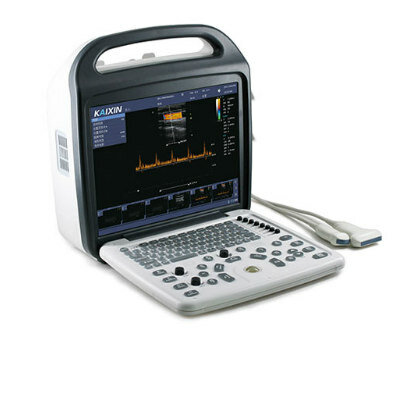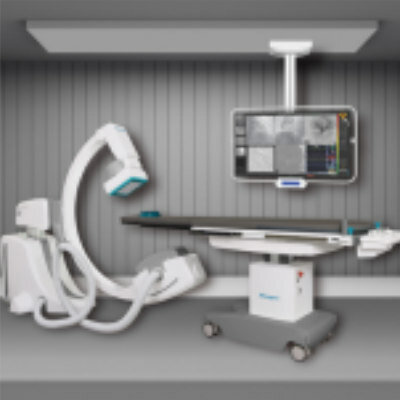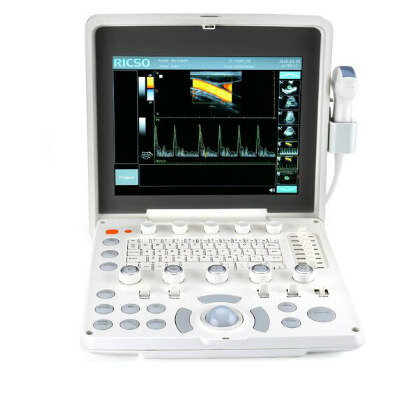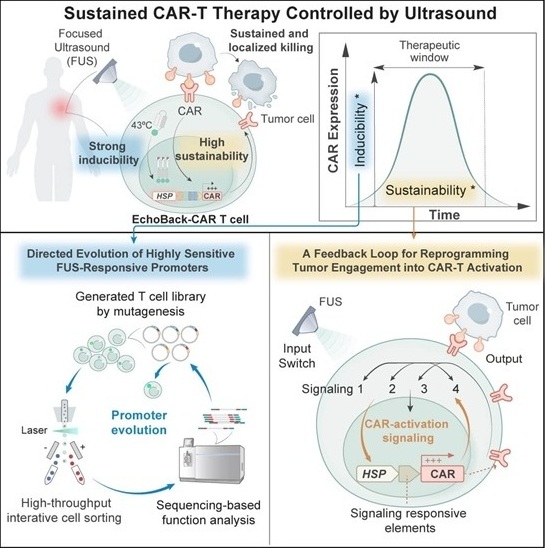Futuristic Imaging System Advances Digital Radiography
|
By MedImaging International staff writers Posted on 28 Jan 2020 |
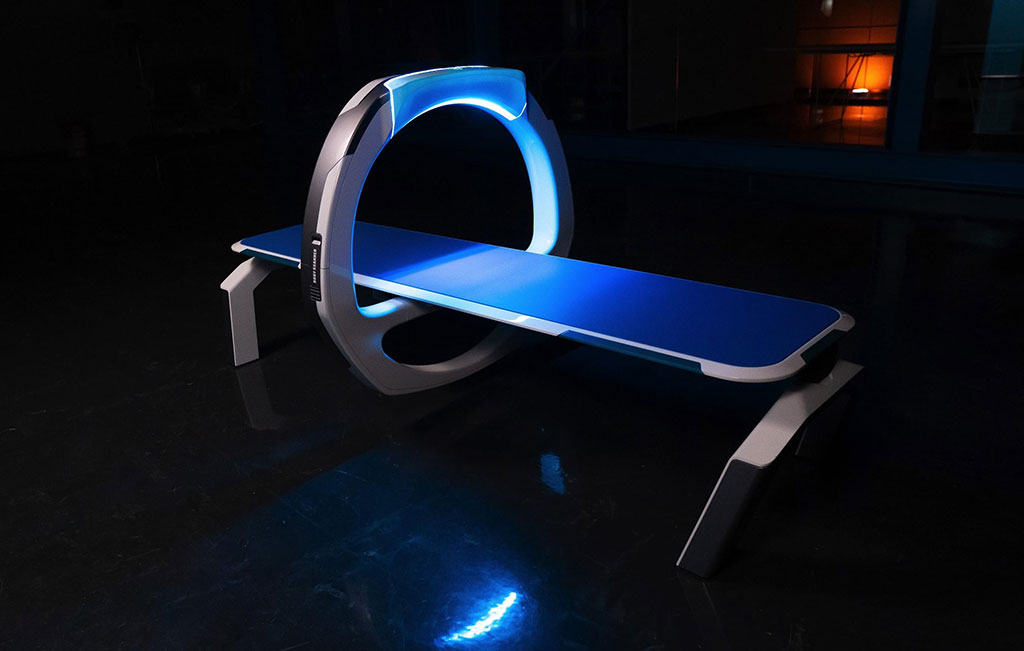
Image: The Nanox.Arc imaging system (Photo courtesy of Nanox)
A novel digital X-ray technology, combined with its planned software solution, will promote the early detection of medical conditions at significantly lower costs than current imaging systems.
The Nanox (Neve Ilan, Israel) Nanox System is composed of the Nanox.Arc, a digital X-ray device that supports imaging modalities such as computerized tomography (CT), mammography, fluoroscopy and angiogram; and the Nanox.Cloud, a companion cloud-based software platform designed to provide an end-to-end medical imaging service. Nanox.Cloud, which is still under development, will include image repository, radiologist matching, online and offline diagnostics review and annotation, connectivity to diagnostic assistive artificial intelligence systems, billing, and reporting.
The Nanox.Arc is designed to resemble a portable bed, intended to make the patient feel more at ease while scanning is carried out. Arc enables the delivery of pulsating electron beams, unlike current X-ray cathodes that use heat-based filaments to deliver continuous radiation. Without the need to dissipate heat, the cold cathode can be made between 70-90% smaller than a conventional tube, and can also enable the use of multiple tubes in a stationary tube array, rather than a rotating gantry, minimizing both overall cost and radiation.
“This Star Trek biobed-looking medical imaging machine promises to make medical scanning available to people around the world at a significantly lower cost. We want the Arc to be accessible, portable, easy to operate and focus on what’s important: the patient,” said Ran Poliakine, founder and CEO of Nanox. “The Starfleet’s unsung hero allowed doctors to assess and diagnose their patients in minutes, and that is exactly what we are aiming to achieve. Now we are ready to take a giant leap forward in making it possible to provide one scan per person, per year, for preventative measures.”
Electrons are a fundamental constituent of atoms and are negatively charged particles, and X-rays are beams of photons. One way to generate x-rays is to start with a high intensity pulsed electron beam and let it impinge on a metal such as tungsten or molybdenum, generating a bright bremsstrahlung x-ray source.
Related Links:
Nanox
The Nanox (Neve Ilan, Israel) Nanox System is composed of the Nanox.Arc, a digital X-ray device that supports imaging modalities such as computerized tomography (CT), mammography, fluoroscopy and angiogram; and the Nanox.Cloud, a companion cloud-based software platform designed to provide an end-to-end medical imaging service. Nanox.Cloud, which is still under development, will include image repository, radiologist matching, online and offline diagnostics review and annotation, connectivity to diagnostic assistive artificial intelligence systems, billing, and reporting.
The Nanox.Arc is designed to resemble a portable bed, intended to make the patient feel more at ease while scanning is carried out. Arc enables the delivery of pulsating electron beams, unlike current X-ray cathodes that use heat-based filaments to deliver continuous radiation. Without the need to dissipate heat, the cold cathode can be made between 70-90% smaller than a conventional tube, and can also enable the use of multiple tubes in a stationary tube array, rather than a rotating gantry, minimizing both overall cost and radiation.
“This Star Trek biobed-looking medical imaging machine promises to make medical scanning available to people around the world at a significantly lower cost. We want the Arc to be accessible, portable, easy to operate and focus on what’s important: the patient,” said Ran Poliakine, founder and CEO of Nanox. “The Starfleet’s unsung hero allowed doctors to assess and diagnose their patients in minutes, and that is exactly what we are aiming to achieve. Now we are ready to take a giant leap forward in making it possible to provide one scan per person, per year, for preventative measures.”
Electrons are a fundamental constituent of atoms and are negatively charged particles, and X-rays are beams of photons. One way to generate x-rays is to start with a high intensity pulsed electron beam and let it impinge on a metal such as tungsten or molybdenum, generating a bright bremsstrahlung x-ray source.
Related Links:
Nanox
Latest Radiography News
- World's Largest Class Single Crystal Diamond Radiation Detector Opens New Possibilities for Diagnostic Imaging
- AI-Powered Imaging Technique Shows Promise in Evaluating Patients for PCI
- Higher Chest X-Ray Usage Catches Lung Cancer Earlier and Improves Survival
- AI-Powered Mammograms Predict Cardiovascular Risk
- Generative AI Model Significantly Reduces Chest X-Ray Reading Time
- AI-Powered Mammography Screening Boosts Cancer Detection in Single-Reader Settings
- Photon Counting Detectors Promise Fast Color X-Ray Images
- AI Can Flag Mammograms for Supplemental MRI
- 3D CT Imaging from Single X-Ray Projection Reduces Radiation Exposure
- AI Method Accurately Predicts Breast Cancer Risk by Analyzing Multiple Mammograms
- Printable Organic X-Ray Sensors Could Transform Treatment for Cancer Patients
- Highly Sensitive, Foldable Detector to Make X-Rays Safer
- Novel Breast Cancer Screening Technology Could Offer Superior Alternative to Mammogram
- Artificial Intelligence Accurately Predicts Breast Cancer Years Before Diagnosis
- AI-Powered Chest X-Ray Detects Pulmonary Nodules Three Years Before Lung Cancer Symptoms
- AI Model Identifies Vertebral Compression Fractures in Chest Radiographs
Channels
MRI
view channel
AI Tool Tracks Effectiveness of Multiple Sclerosis Treatments Using Brain MRI Scans
Multiple sclerosis (MS) is a condition in which the immune system attacks the brain and spinal cord, leading to impairments in movement, sensation, and cognition. Magnetic Resonance Imaging (MRI) markers... Read more
Ultra-Powerful MRI Scans Enable Life-Changing Surgery in Treatment-Resistant Epileptic Patients
Approximately 360,000 individuals in the UK suffer from focal epilepsy, a condition in which seizures spread from one part of the brain. Around a third of these patients experience persistent seizures... Read more
AI-Powered MRI Technology Improves Parkinson’s Diagnoses
Current research shows that the accuracy of diagnosing Parkinson’s disease typically ranges from 55% to 78% within the first five years of assessment. This is partly due to the similarities shared by Parkinson’s... Read more
Biparametric MRI Combined with AI Enhances Detection of Clinically Significant Prostate Cancer
Artificial intelligence (AI) technologies are transforming the way medical images are analyzed, offering unprecedented capabilities in quantitatively extracting features that go beyond traditional visual... Read moreUltrasound
view channel
AI Identifies Heart Valve Disease from Common Imaging Test
Tricuspid regurgitation is a condition where the heart's tricuspid valve does not close completely during contraction, leading to backward blood flow, which can result in heart failure. A new artificial... Read more
Novel Imaging Method Enables Early Diagnosis and Treatment Monitoring of Type 2 Diabetes
Type 2 diabetes is recognized as an autoimmune inflammatory disease, where chronic inflammation leads to alterations in pancreatic islet microvasculature, a key factor in β-cell dysfunction.... Read moreNuclear Medicine
view channel
Novel PET Imaging Approach Offers Never-Before-Seen View of Neuroinflammation
COX-2, an enzyme that plays a key role in brain inflammation, can be significantly upregulated by inflammatory stimuli and neuroexcitation. Researchers suggest that COX-2 density in the brain could serve... Read more
Novel Radiotracer Identifies Biomarker for Triple-Negative Breast Cancer
Triple-negative breast cancer (TNBC), which represents 15-20% of all breast cancer cases, is one of the most aggressive subtypes, with a five-year survival rate of about 40%. Due to its significant heterogeneity... Read moreGeneral/Advanced Imaging
view channel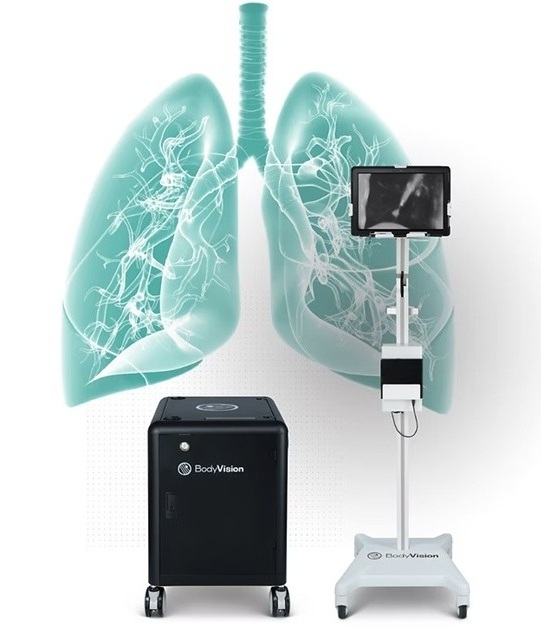
AI-Powered Imaging System Improves Lung Cancer Diagnosis
Given the need to detect lung cancer at earlier stages, there is an increasing need for a definitive diagnostic pathway for patients with suspicious pulmonary nodules. However, obtaining tissue samples... Read more
AI Model Significantly Enhances Low-Dose CT Capabilities
Lung cancer remains one of the most challenging diseases, making early diagnosis vital for effective treatment. Fortunately, advancements in artificial intelligence (AI) are revolutionizing lung cancer... Read moreImaging IT
view channel
New Google Cloud Medical Imaging Suite Makes Imaging Healthcare Data More Accessible
Medical imaging is a critical tool used to diagnose patients, and there are billions of medical images scanned globally each year. Imaging data accounts for about 90% of all healthcare data1 and, until... Read more
Global AI in Medical Diagnostics Market to Be Driven by Demand for Image Recognition in Radiology
The global artificial intelligence (AI) in medical diagnostics market is expanding with early disease detection being one of its key applications and image recognition becoming a compelling consumer proposition... Read moreIndustry News
view channel
GE HealthCare and NVIDIA Collaboration to Reimagine Diagnostic Imaging
GE HealthCare (Chicago, IL, USA) has entered into a collaboration with NVIDIA (Santa Clara, CA, USA), expanding the existing relationship between the two companies to focus on pioneering innovation in... Read more
Patient-Specific 3D-Printed Phantoms Transform CT Imaging
New research has highlighted how anatomically precise, patient-specific 3D-printed phantoms are proving to be scalable, cost-effective, and efficient tools in the development of new CT scan algorithms... Read more
Siemens and Sectra Collaborate on Enhancing Radiology Workflows
Siemens Healthineers (Forchheim, Germany) and Sectra (Linköping, Sweden) have entered into a collaboration aimed at enhancing radiologists' diagnostic capabilities and, in turn, improving patient care... Read more






